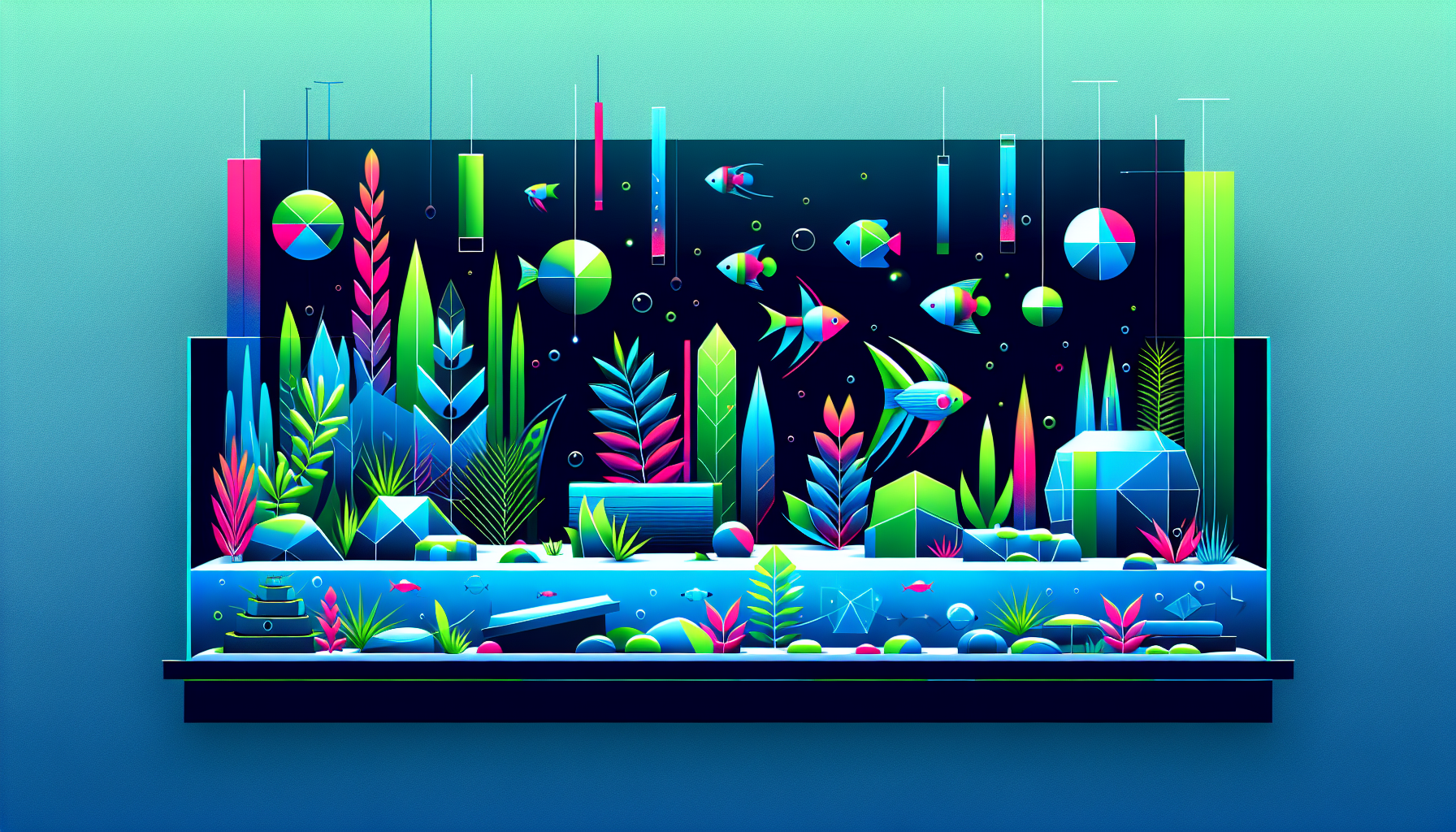Top 10 Aquascaping Plants for Beginners: Easy, Beautiful Aquarium Choices
Starting your aquascaping journey is exciting, but choosing the right plants can seem overwhelming. With so many options, how do you find aquarium plants that are both beautiful and easy to care for? In this guide, we’ll break down the top 10 beginner-friendly aquascaping plants, their care requirements, and how they can enhance your aquascape. Whether you’re just setting up your first planted tank or looking to expand your collection, these choices will help you create a lush, healthy aquarium with confidence.
Why Choose Easy Aquascaping Plants?
Easy aquarium plants offer several key benefits for beginners and seasoned aquascapers alike:
- Low maintenance: They require minimal trimming, fertilizing, and CO2 supplementation.
- Hardy and forgiving: These plants thrive in a variety of water conditions and lighting levels.
- Algae prevention: Healthy plants compete with algae for nutrients, resulting in cleaner tanks.
- Aesthetic appeal: Even low-tech plants can transform your aquascape into a lush underwater garden.
If you’re interested in more aquascaping basics, check out our Beginner’s Aquascaping Guide for essential setup tips!
The Top 10 Beginner-Friendly Aquascaping Plants
Let’s dive into the best easy-to-grow plants for your aquarium. These species are widely available, undemanding, and perfect for those new to planted tanks.
1. Java Fern (Microsorum pteropus)
- Light: Low to medium
- CO2: Not required
- Placement: Midground or background
Java Fern is a staple in aquascaping thanks to its resilience and unique, flowing leaves. Attach it to driftwood or rocks using string or glue. Avoid burying its rhizome to prevent rot.
2. Anubias (Anubias barteri & relatives)
- Light: Low to medium
- CO2: Not required
- Placement: Foreground to midground
Anubias species are slow-growing and extremely tough. Their broad, dark-green leaves add contrast and texture. Like Java Fern, keep their rhizomes above substrate.
3. Java Moss (Taxiphyllum barbieri)
- Light: Low to high
- CO2: Not required
- Placement: Attach to hardscape or as a carpet
Java Moss can be used to cover driftwood, make moss walls, or create lush carpets. It’s incredibly forgiving and also provides hiding places for shrimp and fry.
4. Amazon Sword (Echinodorus amazonicus)
- Light: Medium
- CO2: Not required (but boosts growth)
- Placement: Background
Known for its large, sword-shaped leaves, the Amazon Sword can quickly become the centerpiece in any planted tank. Root tabs and nutrient-rich substrate are recommended to support its growth.
5. Cryptocoryne (Cryptocoryne wendtii & relatives)
- Light: Low to medium
- CO2: Not required
- Placement: Foreground to midground
Crypts come in various leaf shapes and colors. They do best when left undisturbed and can sometimes “melt” after planting, only to regrow stronger than before.
6. Water Wisteria (Hygrophila difformis)
- Light: Medium
- CO2: Not necessary
- Placement: Midground to background
Water Wisteria grows fast and offers delicate, lace-like foliage. Regular trimming keeps it bushy and prevents overshadowing other plants.
7. Hornwort (Ceratophyllum demersum)
- Light: Low to high
- CO2: Not required
- Placement: Floating or background
Hornwort is a floating or planted stem plant that grows rapidly. It absorbs excess nutrients, reducing algae risk. This is great for low-tech aquascapes and breeding tanks.
8. Vallisneria (Vallisneria spiralis)
- Light: Low to medium
- CO2: Not required
- Placement: Background
Vallisneria, or “Val,” shoots up long ribbon-like leaves that sway attractively in the flow. Once established, it spreads via runners to fill background spaces.
9. Dwarf Sagittaria (Sagittaria subulata)
- Light: Medium
- CO2: Not required
- Placement: Foreground to midground
Dwarf Sagittaria is a reliable, grass-like carpeting plant. It forms dense patches and spreads easily by runners, providing a natural look to the foreground.
10. Bacopa (Bacopa caroliniana)
- Light: Low to medium
- CO2: Not required
- Placement: Background
Bacopa tolerates a wide range of conditions and grows upright, making it perfect for layering background areas. Its small round leaves offer a subtle contrast.
Tips for Success with Beginner Aquascaping Plants
- Start with nutrient-rich substrate or add root tabs for heavy root feeders.
- Choose a lighting period of 6–8 hours per day to limit algae outbreaks.
- Perform regular water changes (30–50% per week) for healthy growth.
- Don’t overcrowd your tank; spacing allows plants to flourish.
Curious about advanced layouts? Explore our guide to aquascape design styles for more inspiration.
Get Started on Your Aquascaping Journey
These top 10 aquarium plants are not just easy to care for—they also provide the lush, vibrant look every aquascaper craves. As you gain confidence, you can try incorporating more challenging species or experiment with different aquascaping layouts.
For more tips, step-by-step tutorials, and expert advice, browse our resources for aquascapers. Ready to transform your aquarium? Share your progress and questions in our aquascaping community!
Start Your Planted Tank Today!
Have questions or want to show off your aquascape? Contact us or join the conversation in the comments below!



